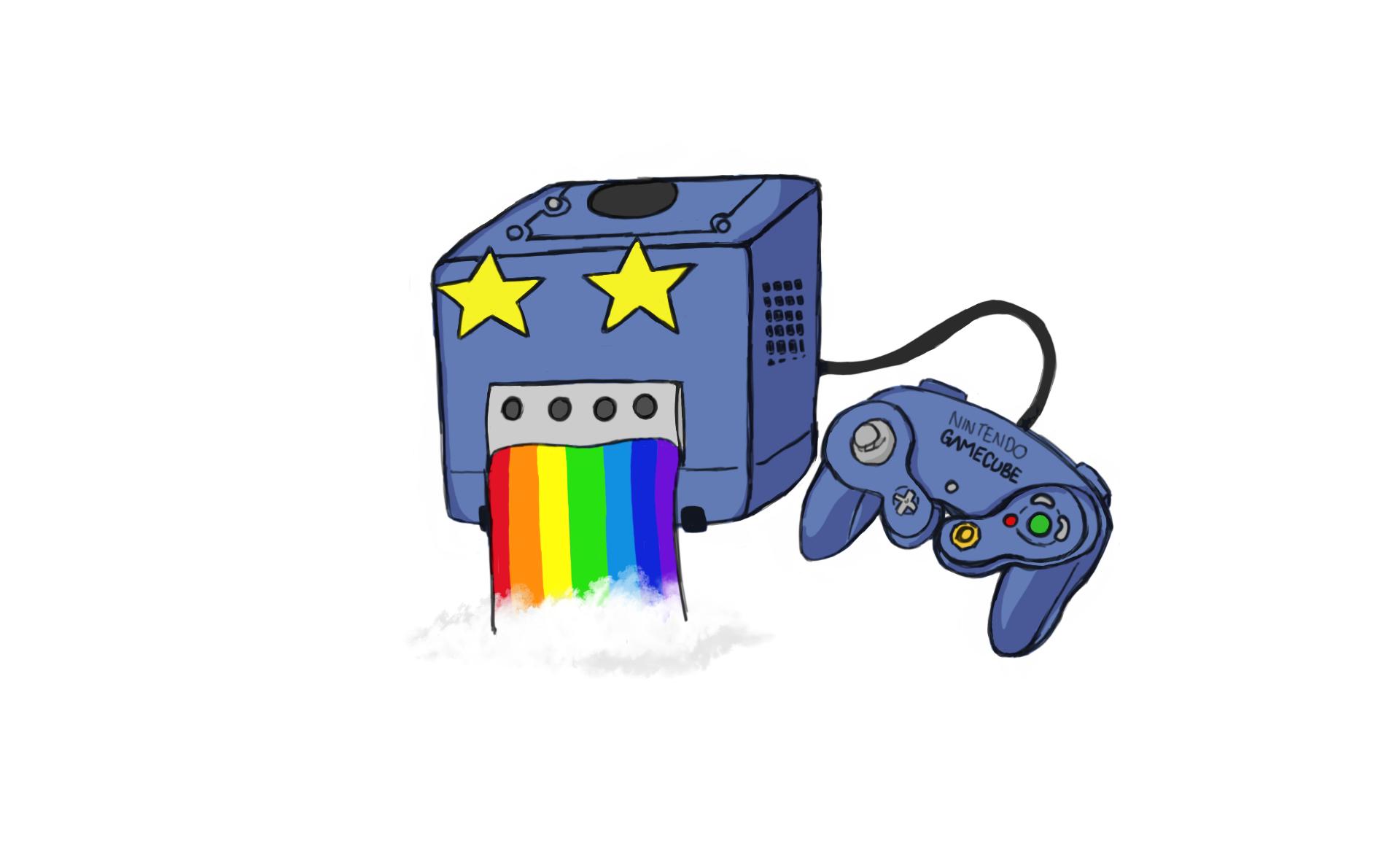My first encounter with a gay relationship was as a kid playing The Sims 2, when I selected the ‘flirt’ action for two male avatars. Taking caution to make sure that no one was watching my computer screen, I didn’t know what two boys ‘flirting’ even looked like. I thought it was a glitch in the system that would probably crash my game—it didn’t.
It made me feel a bit weird, but my two Sims seemed to enjoy it, so I let my boy Sims make out and ‘WooHoo’ with each other. A sense of shame lingered though, and I wouldn’t allow them to get married, even when their relationship bar was at a full 100.
Ever since then, I’ve had very few other chances to explore same-sex relationships in mainstream video games. Only a handful of games have queer protagonists, and representation is even more bleak for lesbian or trans female playable characters—according to Feminist Frequency, as of 2017, only seven per cent of video games had female-identifying lead characters.
One explanation for limited representation in video game characters is the lack of diversity among game companies and developers. A report by the International Game Developers Association in 2017 showed that 74 per cent of game developer employees identified as male, 21 per cent identified as female, and only three per cent identified as transgender.
Even more troubling, the report showed that 81 per cent of respondents were heterosexual, 11 per cent were bisexual, and five per cent were homosexual. As for ethnic backgrounds, 61 per cent of the respondents are white.
Due to a clear lack of ethnic and sexual diversity, content produced by scruffy white men in unwashed hoodies dominates the industry. With a lack of representation and perspectives, video games reach a creative and commercial standstill.
In recent years, video game developers have noticed the industry’s failings and have recognized the importance of representing a wide variety of queer and racialized characters. Games like Bethesda’s The Elder Scrolls V: Skyrim give players the option to have relationships with characters of the same sex.
Overwatch, too, is another game commendable for its diverse and inclusive character range. Produced by Blizzard Entertainment, Overwatch features characters from a multitude of cultural and ethnic backgrounds, and offers gender-bending playable avatars. In a comic released online, Blizzard revealed that at least one of the game’s characters is queer. In the comic, the character in question, Tracer, comes home to her girlfriend with a Christmas gift.
Giving players the option to play queer and gender non-conforming characters is a small tweak to the gaming experience that allows queer gamers to feel seen and included.
With a lack of queer representation in my everyday life growing up, gaming was one of the few ways in which I could comfortably experiment with my gender and sexuality. Being able to customize characters in a safe and non-judgemental environment was a luxury I was not afforded in my day-to-day life. Representations of queer characters in games have helped me discover who I am today and continue to give me a space that validates my identity.
Today, I am happy to announce that my two boy Sims have moved in together, are happily married, and have adopted two kids.








